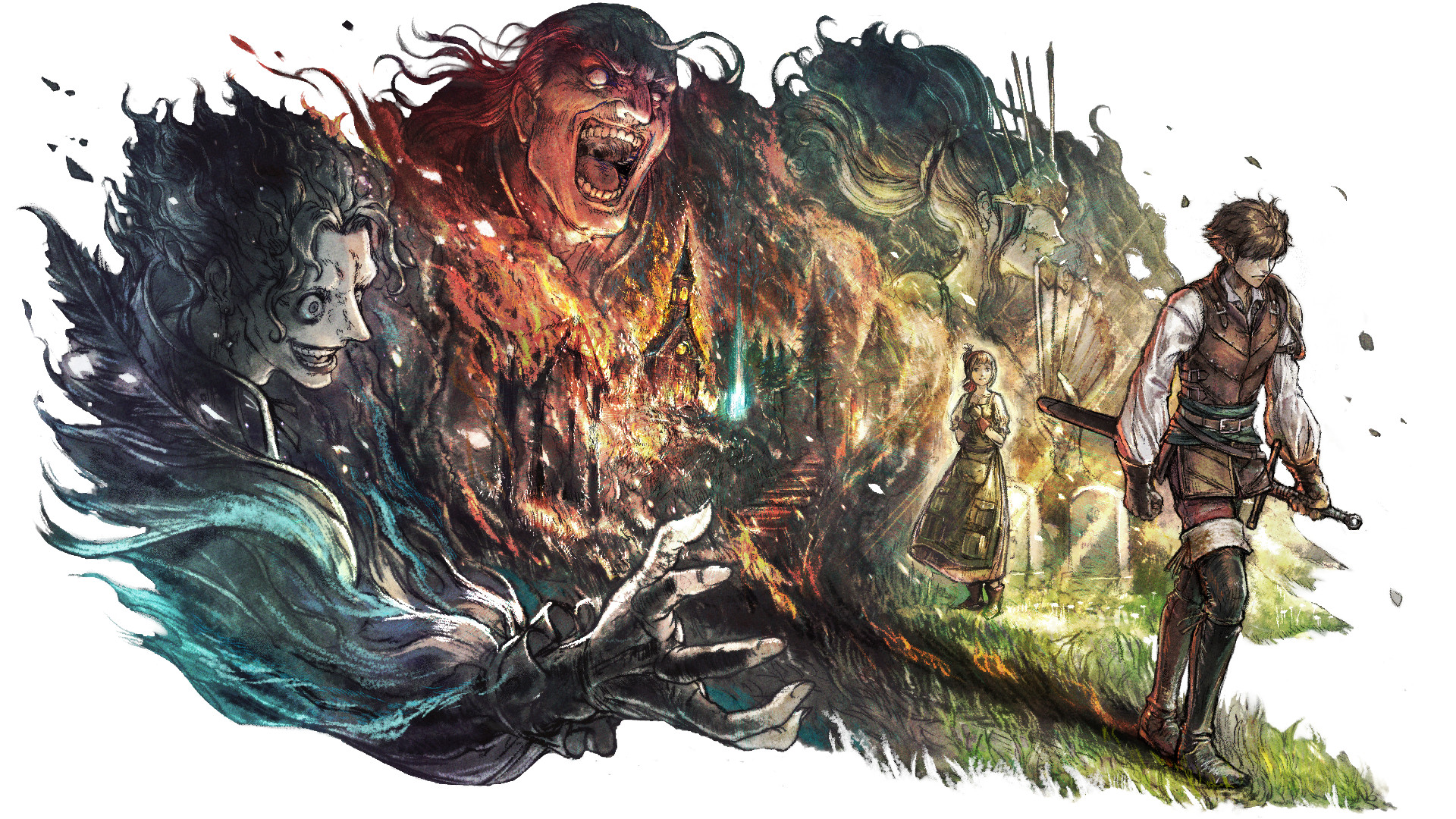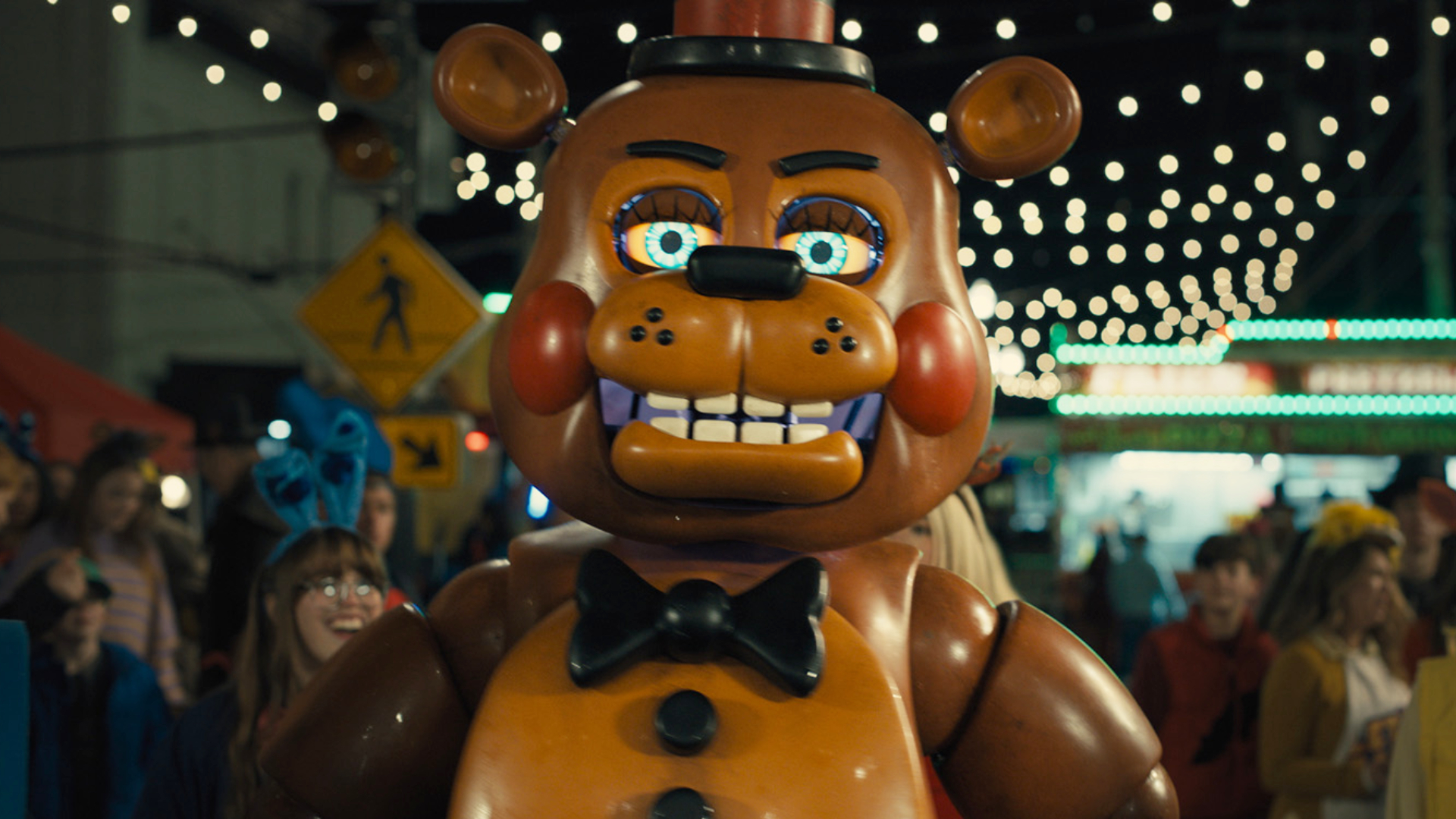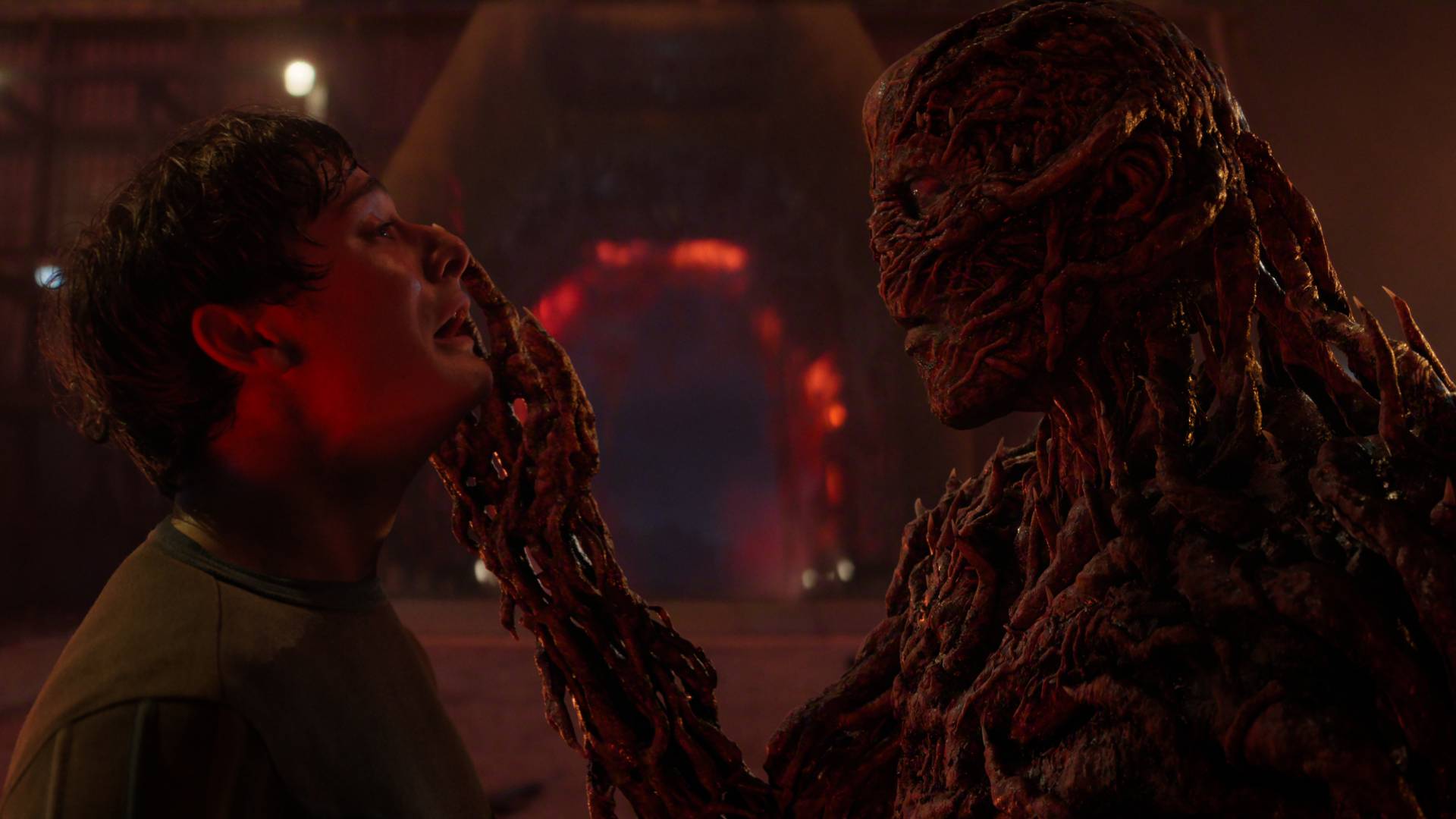The Witcher 4 design lead says the problem with yellow paint in games is subtlety: "Someone went into this specific spot and painted a yellow line ... at that point it's not necessarily believable"
The thing is, it does kind of work, but is it the best solution?

Yellow paint discourse, my beloved. Following the likes of Assassin's Creed Shadows, Resident Evil 4 remake, and Final Fantasy 7 Rebirth, The Witcher 4 design lead Miles Tost discussed the surprisingly contentious topic of game developers using yellow environmental accents to help steer players toward things that matter.
Speaking with PC Gamer, Tost reckons level design in games has significantly matured in the decade since The Witcher 3's release, including at CD Projekt Red.
At the beginning of The Witcher 3, "we didn't emphasise guidance as strongly—we did at some point add these white decals for 'hey, climb here'," he says, "but I think when it comes to overall guidance in the world, it was a relatively small element, right?"
"Nowadays, we're much more sophisticated with that, I think," he adds, pointing to the line and compositional work in Cyberpunk 2077: Phantom Liberty's environments. He stresses that, if only for accessibility's sake, "we're not afraid of adding elements that'll also guide players more directly," including helpful NPCs or Geralt's Witcher sense.
How does yellow paint fit in as one of those elements? Tost reckons this kind of obvious 'look over here' stamp is just "one of the many tools that developers can use" to guide players, and problems only really emerge when the yellow paint has to do too much of the design lifting. Subtlety is key.
"I believe that if you properly weaponise the entire arsenal of your toolkit of guidance as a level designer, then you can subdue each individual element and make it more subtle," he says. "And in that case, you get closer to the situation of the player not noticing the guidance. The strings carefully pulling them along. That is, for me, the sweet spot."
You'll often hear devs say that this kind of signposting is at its best when players simultaneously don't notice it and also don't feel confused. It just works. The fact that we're still talking about yellow paint in games this bluntly goes to show how obvious and common it can feel, and while I'll still argue that most players don't realize how badly they need it and would absolutely miss it if it was removed from many games, Tost rightly points out that "it's so known and used right now that people see through the smoke and mirrors there."
Weekly digests, tales from the communities you love, and more
As one workaround that keeps the same spirit, Tost points to more flavorful, context-appropriate alternatives to eye-searing yellow paint, like the flags in Uncharted: "It fits gently into the environment, as opposed to, I dunno—someone went into this specific spot and painted a yellow line, because at that point it's not necessarily believable."
The parkour wall markings in the modern God of War games also come to mind, with Sony Santa Monica putting a little bow on top of what is ultimately just white paint. Ironically, those games struggled with heavy-handed signposting elsewhere, pissing everyone off with puzzle spoilers that would appear roughly 0.24 seconds after you discovered a puzzle. There is definitely a healthier middle ground than what some games have found, and the evolving guidance on yellow paint, as games fight to add graphical detail and depth to levels while preserving legibility, is legitimately one of the most interesting ongoing design discussions.

Austin has been a game journalist for 12 years, having freelanced for the likes of PC Gamer, Eurogamer, IGN, Sports Illustrated, and more while finishing his journalism degree. He's been with GamesRadar+ since 2019. They've yet to realize his position is a cover for his career-spanning Destiny column, and he's kept the ruse going with a lot of news and the occasional feature, all while playing as many roguelikes as possible.
You must confirm your public display name before commenting
Please logout and then login again, you will then be prompted to enter your display name.


